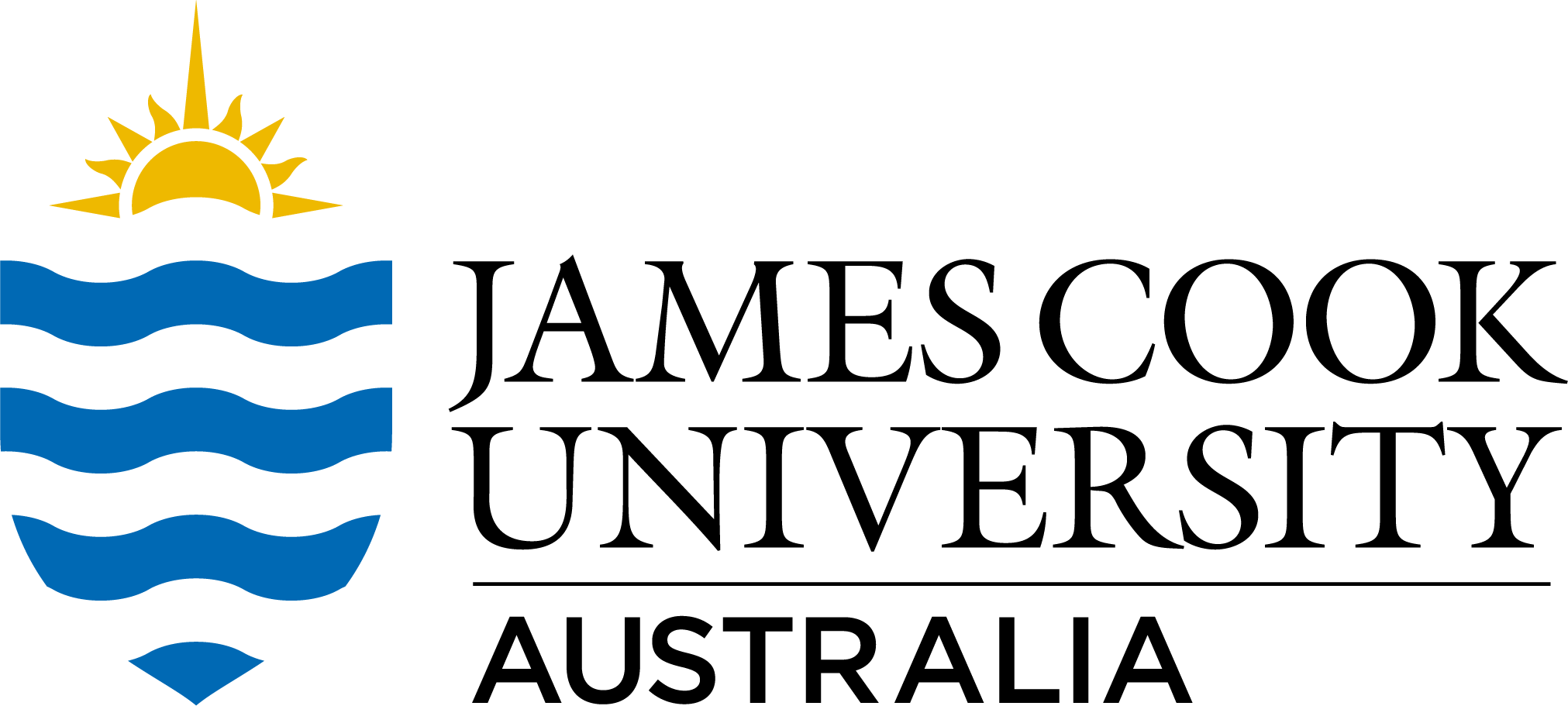Full description
These files contain brood count data along with the relevant covariates used to model brood abundance in a hierarchical spatial abundance model for the Prairie Pothole Region of the U.S. Data were amalgamated from three previous studies with the permission of the authors:
Distribution of Duck Broods Relative to Habitat Characteristics in the Prairie Pothole Region https://doi.org/10.1002/jwmg.466
Impacts of Oil and Gas Development on Duck Brood Abundance https://doi.org/10.1002/jwmg.21742
Assessment of repeat-visit surveys as a viable method for estimating brood abundance at the 10.4-km2 scale https://doi.org/10.1002/wsb.848
The file traindata.csv was used to parameterize the model while the file testdata.csv was used to test model fit. Columns are defined as follows:
- X & Y: Geographic location of surveyed basin (in Albers Equal Area Conic)
- C1 & C2: Counts 1 and 2 of survey (AM and PM count)
- scalePE & scalePE2: Quadratic, scaled percent of the basin that is obscured by emergent cover
- LWA: scaled variable representing log of basin July wet area
- basinWA: scaled variable representing basin July wet area
- scaleJWA: scaled variable representing the total July wet area within 2560 acres of the surveyed basin (summarized by acre)
- scaleMWC: scaled variable representing total count of wet basins in May within 2560 acres of surveyed basin
- scalePC: scaled variable representing the total percent of the 2560 acres around the surveyed basin that is under perennial cover.
- Y09:Y17: Year of the survey
- logDate: log of date
- SEAS & SEMI & TEMP: basin regime
- Walkin: How the basin was surveyed (1= by truck, 0 = walkin).
Software/equipment used to create/collect the data: Program R; Python; ArcGIS
Software/equipment used to manipulate/analyse the data: Program R; Python; ArcGIS
Created: 2022-09-16
Data time period: 06 2008 to 31 08 2017
Data time period:
Does not include year 2011
text: Prairie Pothole Region, United States
User Contributed Tags
Login to tag this record with meaningful keywords to make it easier to discover
- DOI : 10.25903/ANB0-MC67

- Local : researchdata.jcu.edu.au//published/5802c840f95011ec91f7d39bc702b355


